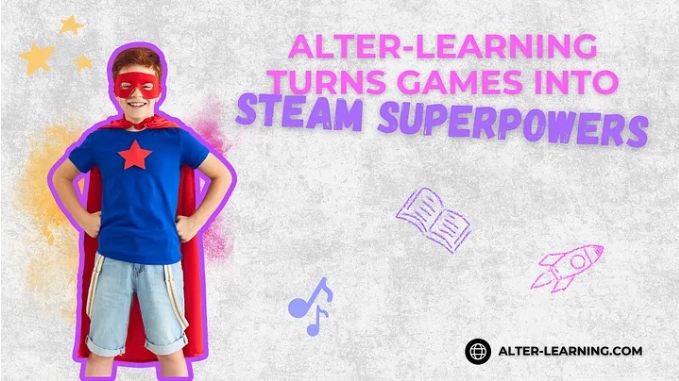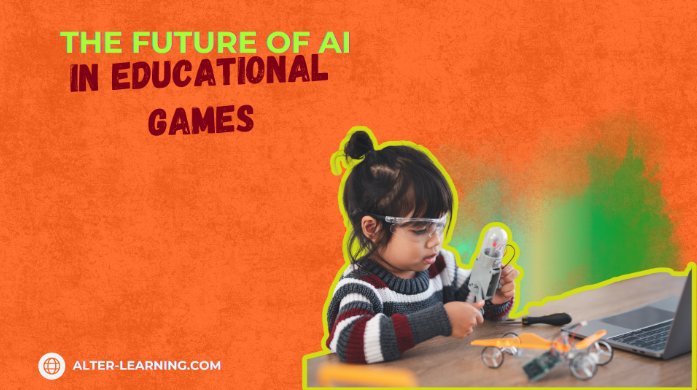The modern classroom is no longer bound by four walls or a single device. Students move between laptops, tablets, smartphones, and even VR headsets. This shift opens exciting opportunities: learning can now happen across multiple platforms, offering flexibility, accessibility, and deeper engagement.
Cross-platform learning experiences are about more than just convenience—they can connect students to immersive environments, STEAM educational games, and interactive content that adapts to where and how they learn. Alter-Learning’s approach highlights how technology can bridge devices and contexts, making education more fluid and inclusive.
In today’s world, students are used to switching between devices. Supporting this in education can:
- Increase accessibility, so learning continues at home, in class, or on the go,
- Accommodate different resources, since not every student has the same technology,
- Reinforce consistency, allowing progress to carry over across platforms,
- Promote flexibility, so teachers can design lessons that work on multiple devices.
When content travels with the learner, engagement doesn’t stop when class ends.
Designing Seamless Transitions
A strong cross-platform experience makes switching devices feel natural. Educational tools can achieve this by:
- Saving progress to the cloud so students can pick up where they left off,
- Offering lightweight versions of games for mobile alongside full VR experiences,
- Using teacher dashboards accessible from any device,
- Providing modular content that adapts to the screen size and capabilities of the platform.
These features ensure learning feels continuous rather than fragmented.
Examples of Cross-Platform Potential
Educational games that emphasize STEAM and immersive learning can extend across devices in creative ways:
- A student might explore a VR math game in class, then review related puzzles on a tablet at home,
- AR biology explorations could start on a classroom iPad and continue as a mobile field activity,
- Interactive physics simulations could run on desktops for group projects and on laptops for homework,
- Creative arts education software might support both touchscreen sketching and VR-based design.
This flexibility makes learning both personalized and portable.
Supporting Collaboration Across Platforms
Cross-platform learning can also strengthen collaboration. Multiplayer environments and XR educational content can connect students whether they’re in the same room or logging in remotely. For example:
- Students using desktops can collaborate with peers in VR headsets,
- Mobile users can join cooperative challenges alongside classmates on tablets,
- Families can engage with 360-degree educational videos on shared devices at home.
When technology supports collaboration across platforms, learning becomes more inclusive and community-driven.
Addressing Equity in Technology Access
One of the key benefits of cross-platform design is addressing equity. Not every student has access to high-end VR equipment or gaming laptops. By providing content that works across devices, EdTech platforms can:
- Reduce barriers by making games playable on lower-cost hardware,
- Ensure students with different resources can still participate fully,
- Offer inclusive features such as adaptive difficulty and accessibility tools,
- Expand opportunities for students in under-resourced communities.
This flexibility helps level the playing field, ensuring no student is left out of immersive learning.
Cross-Platform as the Future of Education
The future of EdTech is not tied to a single device but to the ability to move seamlessly between them. Alter-Learning’s use of VR education apps, AR learning experiences, and cross-device accessibility reflects how immersive technology can meet students wherever they are.
By designing educational games that are portable, adaptable, and collaborative, cross-platform experiences can make learning more consistent, equitable, and engaging.
Because when learning follows students across devices and spaces, education doesn’t just happen in one place—it happens everywhere.
Follow Alter-Learning for more insights into immersive education, edtech success stories, and the future of learning. Want to explore how VR/AR could transform your school or learning platform? Let’s connect.




